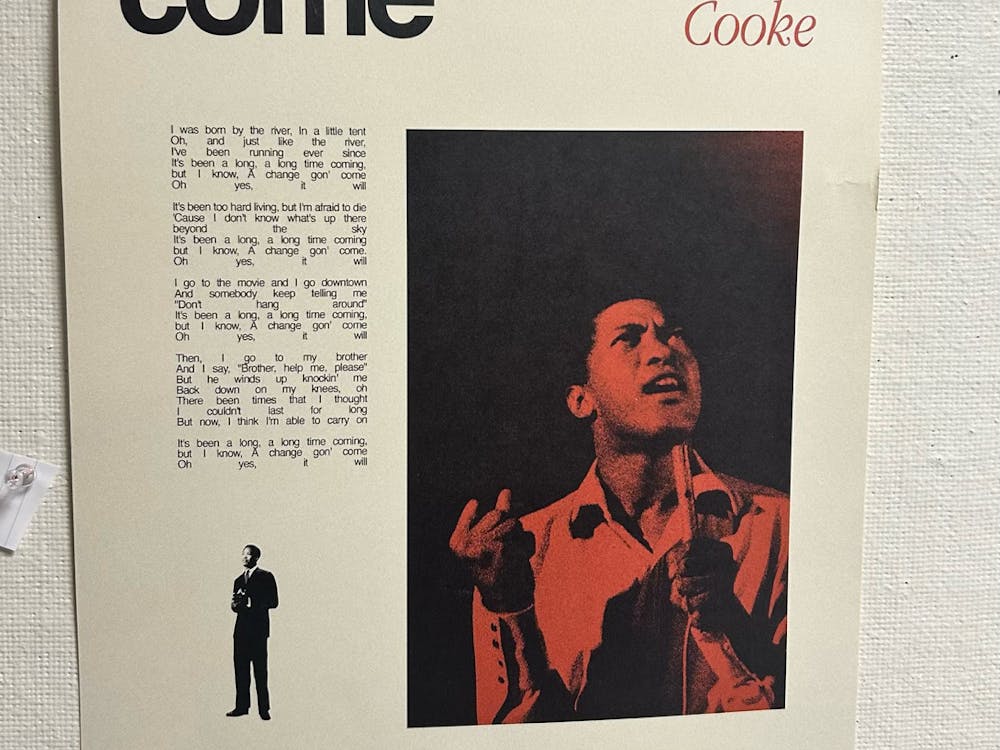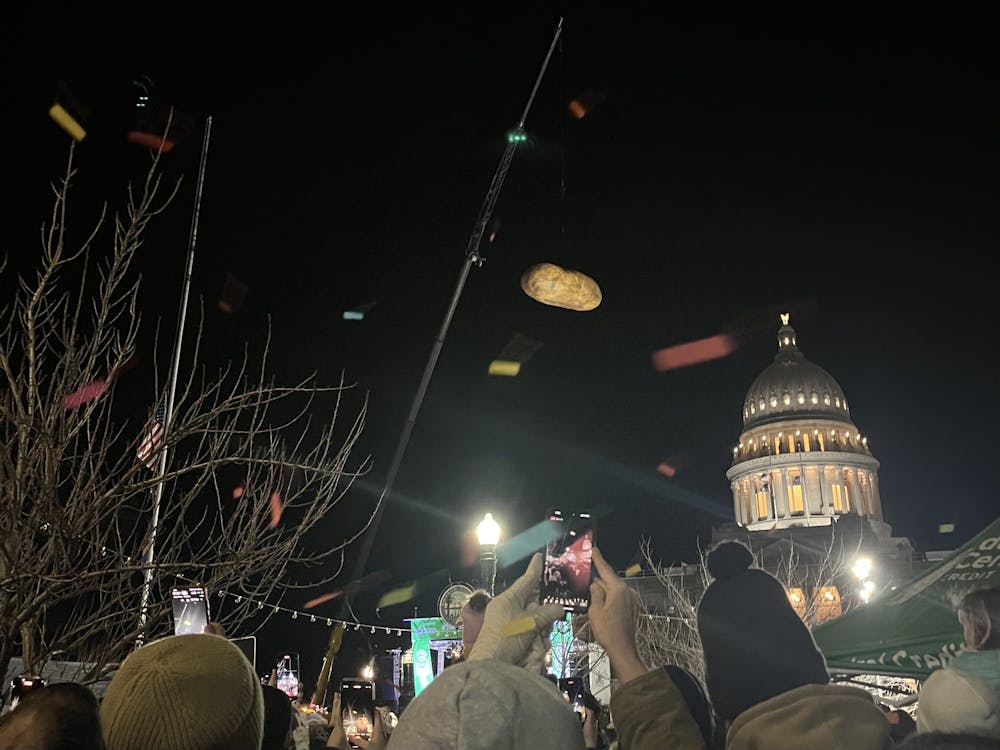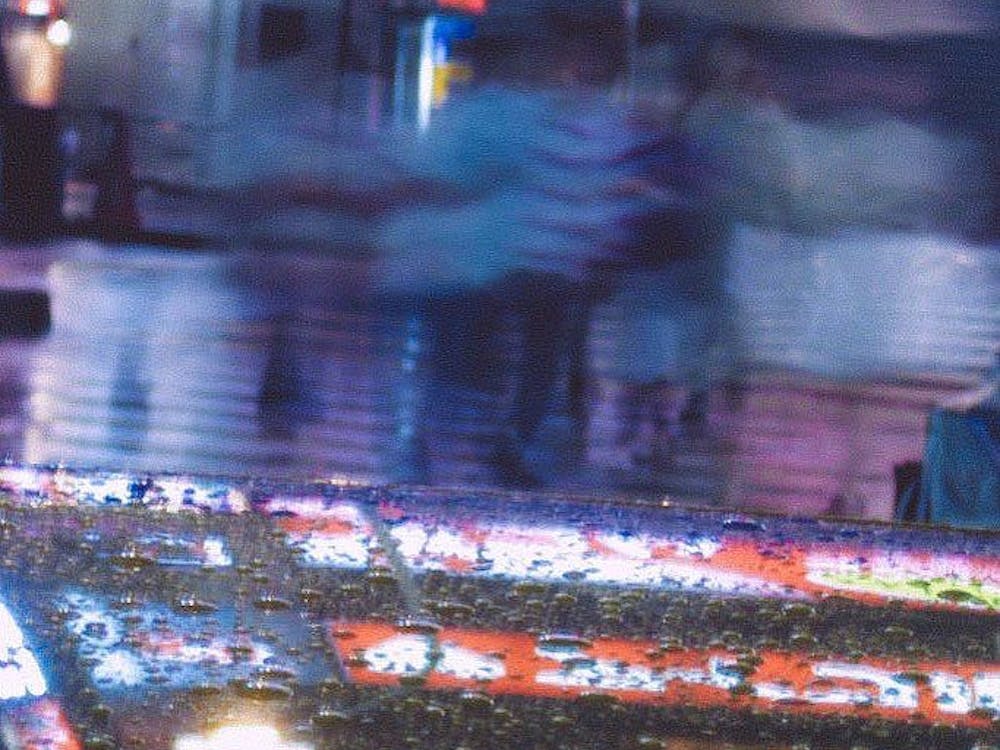Following the Queen’s passing in Sept. 2022, the official announcement on the royal family’s Twitter account became the most popular tweet of the week, receiving millions of likes. With over thirteen million Instagram followers, the Royal Family has accumulated a serious social media following. Multitudes of movies and television shows scramble to mimic life under the crown for the public’s eyes, with Bridgerton receiving over six hundred million viewing hours in the first few weeks of the second season’s release. Time and time again, the public’s fascination with the British monarchy has proven to be a force to be reckoned with.
Bridgerton is only one of countless pieces of popular media that bring glittering fantasies of the British monarchy to life for the eyes of viewers worldwide, with other honorable mentions being The Crown (another Netflix production), The Other Boleyn Girl, The King and Spencer. They’re scripted just enough to remind us that they’re all a bit exaggerated, but the real-life sceneries and press tours that they feature dangle the royal fantasy seemingly just out of reach. Perhaps it’s the rags-to-riches narrative or the idea of long-standing family tradition, but either way, the British monarchy has made its way into popular media and social media trends that keep us commoners coming back for more.
As a college student from the temperate lands of the small, sunny southern California suburbs, trekking to massive lectures at nine in the morning and battling rigid winds isn’t the most elegant morning routine a girl could have. After hours of scribbling down notes and scanning pages upon pages of text, winding down with a show detailing the 2000s university romance between the Duke and Duchess of Cambridge — now the Prince and Princess of Wales, if you’re keeping up — is an entertaining way to escape the stresses and tasks of college life, even for an hour at a time.
The theatrical narrative that we see in TV shows seems to give us a glimpse into the highly private lives of the royals that would never be disclosed in reality, and this momentary taste of exclusivity is something that many people’s subconscious end up craving. Especially when our own lives consist of stiff routines, the mere vision of a life of generational titles of nobility and incomprehensible amounts of wealth and splendor provide us with some sense of common comfort.
This is evident when looking at our obsession with the royal family, echoed through the media. The 2018 marriage of Prince Harry and Meghan Markle instantly made headlines, and Harry’s setting down the crown in 2020 fanned the flames even further. The hot topic revived controversial conversations around the mistreatment of Princess Diana within the family. Diana, a greatly admired woman and Harry and William’s late mother, was a key character in Harry’s recently-published memoir, Spare. The public flocked to local bookstores and social media forums alike to inspect this new, personal perspective on her hidden life.
Princess Diana’s own life story both brightened the monarchy’s image through her widely broadcasted humanitarian efforts and criticized it after her increasingly complicated marriage surfaced to the public eye. Regarded as an icon by many people today, the “people's princess” pioneered countless fashion trends, reduced the stigma behind the AIDS epidemic and promoted Red Cross charity work. The nature of her own engagement and wedding challenged conservative tradition, as she picked her own ring and excluded the word “obey” from her wedding vows. Her progressive, individual and unique image expanded due to the ever-present paparazzi and press and is now immortalized in The Crown and Spencer, among other media.
It may be a tough pill to swallow, but no matter how positively we talk about Diana’s achievements throughout her time in the monarchy, the tragic and tumultuous years of her life ultimately drew all degrees of attention to the monarchy, positive or not. Private phone calls were leaked to the press, and the paparazzi regularly targeted the royal family.
The widespread use of television and the press by the crown served as a powerful method for the monarchy to communicate with their people. However, the extreme level of publicity that the crown has received in popular media within the last few decades has arguably exploited the personal struggles of the royals for public entertainment and show business. This drama became increasingly revealed after Diana’s unfortunate passing only added to the public’s investment and interest in the private affairs of the royal family.
“We want what we can’t have” reigns true in the minds of the American public, and a celebrity family with a lot of old money certainly appeals to the masses. In a way, this whimsical vision detaches us from the fact that the royals exist in reality, outside of mainstream photographs or Instagram feeds. It’d be a bit strange for us to produce elaborate biopics and multi-season television shows about a local county politician (that likely fulfills more government aims than the royal residents of Buckingham), and yet we still demand stories about the secret lives of these British figureheads.
Ultimately, the creativity and popular culture inspired by the lives connected to the crown have led to the birth of the much-beloved media and cinema. But, we have yet to collectively define where the boundary between public entertainment and privacy lies. As long as producers and viewers avoid excessive parasocial tendencies, there’s no biggie in obsessing over the next season of Bridgerton. After all, what’s wrong with a little daydreaming?





